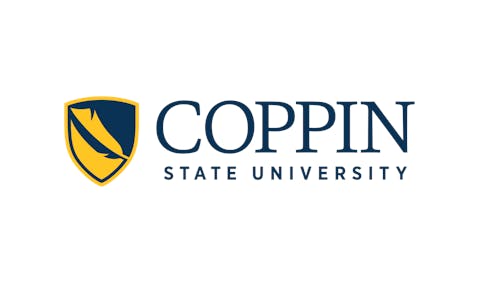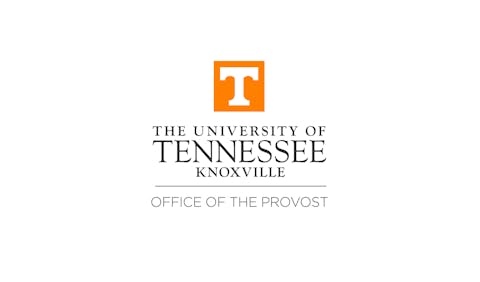The U.S. federal government's increasingly restrictive stance on international students is creating significant financial risks for American colleges and universities, particularly those heavily dependent on international enrollment for revenue, according to a new analysis by Moody's Ratings.
The credit rating agency's report, released June 30, warns that evolving visa policies, travel restrictions, and deportation measures are diminishing the perception of the United States as a prime destination for higher education, potentially leading to substantial revenue losses for institutions that rely on international students who typically pay full tuition.
According to Moody's stress test analysis, institutions with more than 20 percent of international students face the most severe financial exposure. The analysis examined three scenarios of international student declines — 10, 15, and 20 percent — and found that a 15% reduction in tuition revenues related to international students would minimally impact the EBIDA (earnings before interest, depreciation, and amortization) margins of 77% of rated institutions with a less than 0.5 percentage point decline in EBIDA from fiscal 2024 levels.
However, a small group of 15 universities, or 4% of our rated universe, could experience declines of between two and eight percentage points in EBIDA margins with a 20% fall in international students. These institutions, particularly those with initially low margins, would face significant financial stress.
The report notes that specialty schools face particular vulnerabilities. Art and design institutions and performing arts schools often rely on international students for well over 30 percent of their enrollment, making them especially susceptible to policy changes.
International students now account for 62 percent of those enrolled in graduate programs overall and have risen more than 50 percent over the past decade, while international undergraduates fell by 8 percent. Graduate students often pay higher tuition fees, making their potential loss particularly damaging to university revenues.
Many of these students are pursuing STEM fields, with 50% of Chinese and 73% of Indian students enrolled in such programs. A decline in the number of students from these countries could therefore have a larger impact on STEM programs.
Recent federal actions have created an atmosphere of uncertainty that extends beyond specific policy measures. The Trump Administration's sudden change in visa policies is causing some international students to rethink whether they want to study in the U.S. at all, according to education experts.
Between March 2024 and March 2025, the total number of international students in the United States declined 11.33%, according to SEVIS (Student and Exchange Visitor Information System) data analyzed by the Association of American Universities.
The administration continues to try to block foreign enrolments at Harvard University as well, but those attempts have so far been thwarted by court orders that preserve the university's ability to enroll international students. The Department of Homeland Security temporarily revoked Harvard's ability to enroll international students in May 2025, though the action was quickly challenged in court.
International student enrollment contributed $43.8 billion to the U.S. economy in 2023-24, according to NAFSA: Association of International Educators.
The Moody's report emphasizes that U.S. colleges and universities have a relatively lower reliance on international students compared to other countries, with a median reliance of 6 percent, compared with over 25 percent in the U.K., Canada and Australia. However, over 40 percent of rated U.S. institutions host fewer than 5 percent international students, while 15 percent of rated universities have over 15 percent international students, some exceeding 30 percent.
The analysis warns that institutions already under fiscal stress with weak liquidity will experience the most pronounced credit impacts, even with lower international student exposure.
India has overtaken China for the first time as the primary source of international students, currently accounting for 29% of the student population. However, China remains highly significant, contributing 25% of these students.
The concentration of students from these two countries poses additional risks. Since 2019, the number of Chinese students has already dropped by around 25%, and further declines would further depress international enrollment.
The Moody's analysis concludes that while elite institutions with substantial endowments may weather the financial storm more easily, the broader higher education sector faces genuine credit risks from the shifting federal approach to international student policies.


















